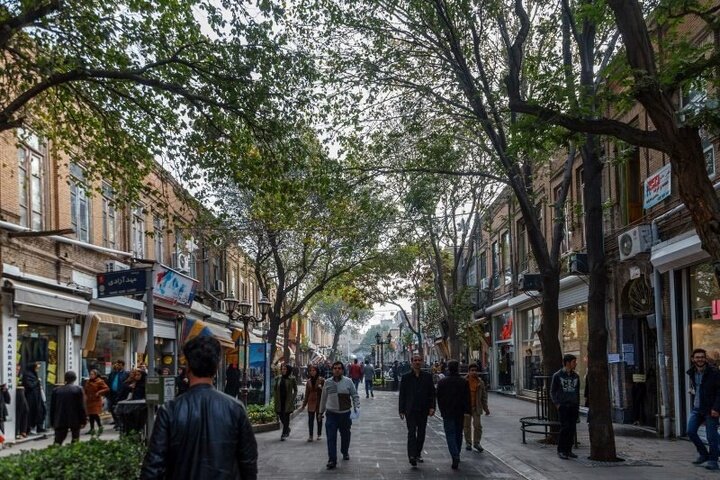Tehran – A new project aimed at restoring and reorganizing parts of the Tabriz historic core, once the early Safavid Persian capital, has officially begun.
The initiative focuses on the architecture and visual rehabilitation of Imam Khomeini Street, one of the city’s important historic zones.
According to Hossein Monirifar, mayor of Tablis’ 8th district, restoration work began along a stretch on Imam Khomeini Street, between the sidewalks of Sa’at Square and Tarbiat Pedestrian. The area is considered an important historical corridor within the city and will undergo traditional style renovations in collaboration with the Eastern Azarbaijani Cultural Heritage, Tourism and Handicrafts Bureau.
“The current state of the façade along this street does not match the desired shape of the historic fabric of Tabliz,” Monirifer said. “We are implementing traditional restoration approaches to harmonize the visual identity of this critical axis. The plan also includes traditional lighting and signage designs for local businesses.”
Furthermore, Vahid Navadad, vice-director of cultural heritage in East Azarbaijan, praised the municipal initiative and confirmed that the department is fully prepared to cooperate with the project. “Preserving the historical core of the Tabriz is a pillar of sustainable urban tourism development,” he said.
Emphasizing the cultural significance of Imam Khomeini Street in the urban structure of Tabriz, Nabadad emphasized that the project not only contributes to the city’s historic identity, but also paves the way for enhancing tourism and urban regeneration.
Known for its rich history, warm hospitality and UNESCO-listed Grand Bazaar, Tablis city remains an important gate, especially for visitors entering Iran from Armenia and Turkey.
Tabriz has a long and rich history, but many of the historic buildings have been destroyed by invaders and earthquakes. Tabriz became the capital of Mongol Il Khan Mahmoud Gazan (1295–1304) and his successors. The Turkish conqueror, Timur (Tamerlen), took it in 1392. Decades later, Turkmen from Karakoyonlu created the capital.
The city remained administrative state under the Safavid dynasty until 1548, when Shah Tahmasp I moved his capital to the west and west. Over the next two centuries, Tabriz changed hands several times between Persia and the Ottoman Empire. During World War I, the city was temporarily occupied by Turkish and Soviet troops.
morning

